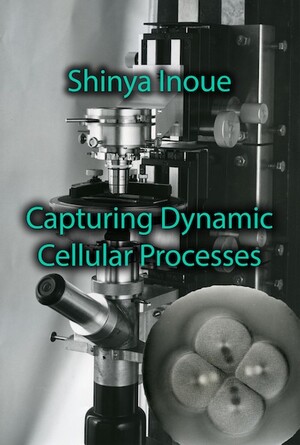In the middle of the nineteenth-century, biologists proposed different ways in which the cells that make up organisms were produced. Theodor Schwann (1810-1882), considered by historians to be a founder of cell theory, believed that cells formed like crystals outside of existing cells. Later theorists such as Rudolf Virchow (1821-1902) proposed that cells form from existing cells. Most scientists came to accept the idea that in animals, new (daughter) cells arise by old (parent) cells dividing into two. Each and every cell in the body, except for foreign cells, could be traced back through successive divisions to the fertilized egg, or zygote. From the 1880s, biologists investigated how this process occurred, and debated the significance of it for life, particularly for embryonic development, regeneration, aging, and disease.
There were two main lines of evidence that scientists used to explore these questions. They observed cells dividing, and organisms developing. They conducted experiments, and gained clues about the nature of development, and the role of the cell in the organism. For example, in 1888, Wilhelm Roux (1850-1924) took a hot needle, and killed one of the two-cells in the embryo of a frog. The result was that only half a frog developed. Roux concluded that hereditary material in cells is unequally distributed to the daughter cells, which restricts the possible types of cells the descendants of those cells can become.
Hans Driesch (1867-1941), impressed by this experiment, followed it up with one of his own on the embryos of sea urchins. As it was possible that the dead material cells killed by a hot needle influenced its living sister, Driesch decided to shake apart the cells. He found that when he shook apart the cells at the two-cell stage, both isolated cells could actually develop and become two normal embryos. Driesch therefore suggested that the daughter cells have the same hereditary material as the parent cell, and that it is only through chemical changes in the nucleus, determined by changes in the cytoplasm, that cells become different types. The debate between these different perspectives continued, and led scientists to try to identify what exactly happens when cells divide, in particular the mechanics of the process, and its consequences.
- Shinya Inoué, Pathways of a Cell Biologist. Through Yet Another Eye. Springer: 2016
- Shinya Inoué, Collected Works Of Shinya Inoué: Microscopes, Living Cells, and Dynamic Molecules (With DVD-ROM). World Scientific Publishing Company; Har/Dvdr edition (July 18, 2008).

